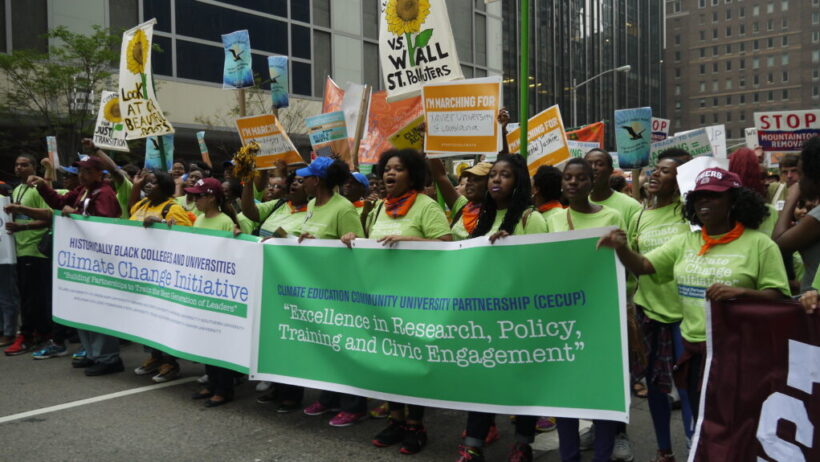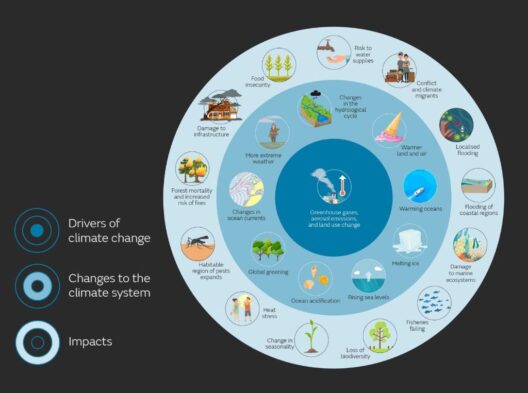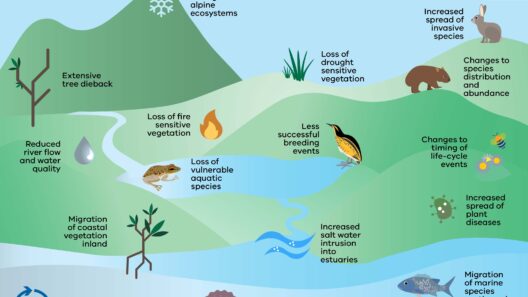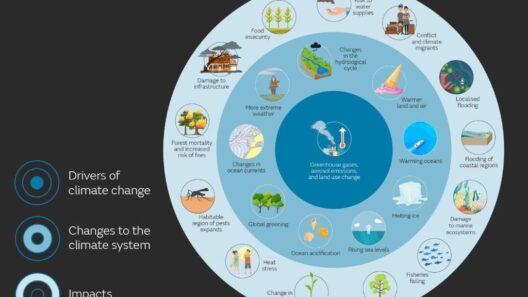Climate change, an unequivocal reality of our time, beckons urgent and comprehensive action. As global temperatures rise and weather patterns become increasingly erratic, it is imperative to explore diverse strategies aimed at mitigating this multifaceted crisis. Herein lies a detailed examination of pragmatic solutions that can be employed by individuals, communities, and governments alike to collectively combat climate change.
To embark on this journey, we must first comprehend the primary culprits behind climate change. Human activities, particularly the burning of fossil fuels for energy and transportation, stand at the forefront. However, interwoven with consumer habits, agricultural practices, and industrial processes, the tapestry of climate change is complex and necessitates a multifaceted response.
In the pursuit of effective solutions, let’s delve into practical approaches that can be employed holistically by various sectors of society.
***Reducing Carbon Footprints: The Individual’s Role***
The first step in addressing climate change is understanding one’s own carbon footprint. This measurement, an estimation of the total greenhouse gas emissions directly and indirectly associated with human activities, provides insight into personal impact and offers a path to mitigation.
Encouragingly, households can make significant strides toward sustainability through simple yet impactful changes. Transitioning to energy-efficient appliances reduces electricity consumption, thereby minimizing emissions. Opting for LED lighting, which uses approximately 75% less energy than traditional incandescent bulbs, exemplifies a practical solution that is both economical and effective.
Moreover, the adoption of plant-based diets can substantially lessen an individual’s carbon footprint. Livestock farming is a significant contributor to greenhouse gas emissions; therefore, decreasing meat consumption can yield profound environmental benefits. By incorporating more locally sourced fruits and vegetables into daily meals, individuals not only promote renewable agricultural practices but also support local economies.
***Innovating Transportation: The Shift Toward Sustainable Mobility***
Transportation is a major driver of carbon emissions, contributing roughly 14% to global greenhouse gas emissions. In this domain, innovation and rethinking of mobility options are imperative. Electric vehicles (EVs) represent a burgeoning segment of the automotive market, providing a cleaner alternative to traditional gasoline-powered cars. With advancements in battery technology and expanding charging infrastructure, EVs present a viable solution to reduce reliance on fossil fuels.
However, the transformation of transportation does not solely hinge on individual vehicle choices. Public transportation systems, including buses, trains, and subways, must be prioritized and enhanced. Investing in efficient, clean public transit can reduce traffic congestion and diminish per capita emissions. Urban planners and policymakers play a crucial role in incentivizing public transportation use by making these services more appealing through expanded routes and increased frequency.
Biking and walkable urban areas should also play a significant role in sustainable transportation strategies. Encouraging residents to commute via bicycles not only reduces emissions but also promotes healthier lifestyles. Creating bike lanes and pedestrian-friendly zones transforms urban landscapes into more vibrant, livable environments.
***Harnessing Renewable Energy: The Power Shift***
Transitioning from fossil fuels to renewable energy sources is fundamental in the battle against climate change. Solar, wind, hydro, and geothermal energy offer sustainable alternatives that can power our homes, industries, and cities without the detrimental byproducts of carbon emissions.
Among these, solar energy stands out for its scalability and adaptability. Homeowners can install solar panels, providing not just self-sufficient energy, but also contributing surplus back to the grid. Community solar projects can further these benefits by allowing multiple households to share the advantages of solar power without the need for individual installations.
Wind energy, too, has made strides in mitigating environmental impacts. The installation of wind farms in expansive rural areas not only harnesses powerful natural forces but also stimulates local economies through job creation. This renewable powerhouse is integral to expanding clean energy portfolios and should be championed at both local and national levels.
Governments must bolster incentives for businesses and homeowners to invest in renewable technology. Tax credits, grants, and subsidies can alleviate the initial financial barriers associated with transitioning to clean energy solutions. With adequate support, society can galvanize a collective move away from fossil fuels.
***Building Resilient Infrastructure: Adapting to a Changing World***
In addition to actively reducing carbon emissions, it is vital to prepare for the changes already underway due to climate change. As extreme weather events become more frequent and intense, infrastructure must evolve to withstand the new realities of our climate.
Smart city initiatives represent a forward-thinking approach, utilizing technology to improve urban resilience. Implementing advanced data analytics enables municipalities to predict and prepare for extreme weather, thereby safeguarding citizens and reducing the potential for catastrophic damage.
Furthermore, retrofitting existing buildings to enhance energy efficiency can be a powerful tool for adaptation. Utilizing sustainable materials and technologies not only reduces emissions but can also improve comfort and reduce energy costs for occupants.
The integration of green spaces and urban forests into city planning is an appealing tactic to mitigate heat and improve air quality. These natural environments enhance aesthetic appeal while simultaneously providing ecological benefits, fostering a deeper connection between inhabitants and their surroundings.
***Conclusion: A Collective Movement***
In conclusion, the path to mitigating climate change requires collective effort and actionable solutions at multiple levels. From individual choices to governmental policy, every action counts and contributes to a larger movement toward sustainability. By embracing renewable energy, fostering sustainable mobility, and adapting to changing environmental conditions, societies can cultivate a more resilient, prosperous future. Emphasizing the beauty of collaboration and innovation can lead us toward real, tangible solutions in the face of a daunting global challenge.







